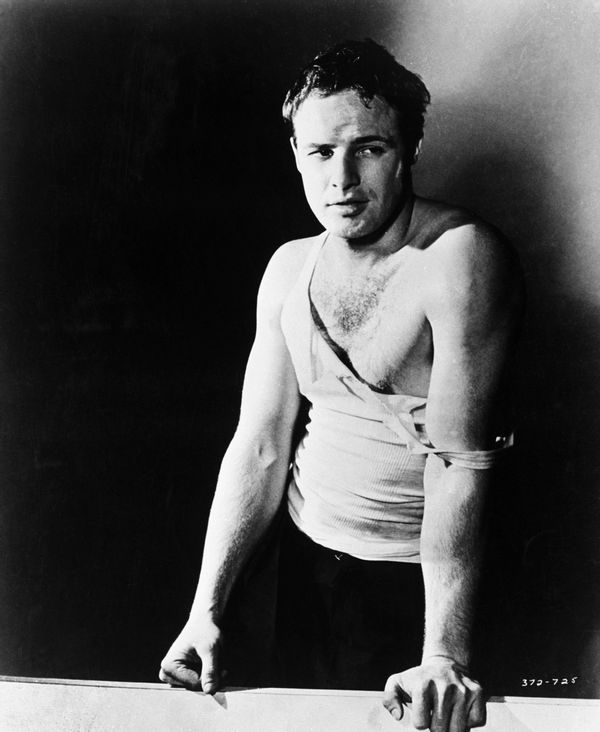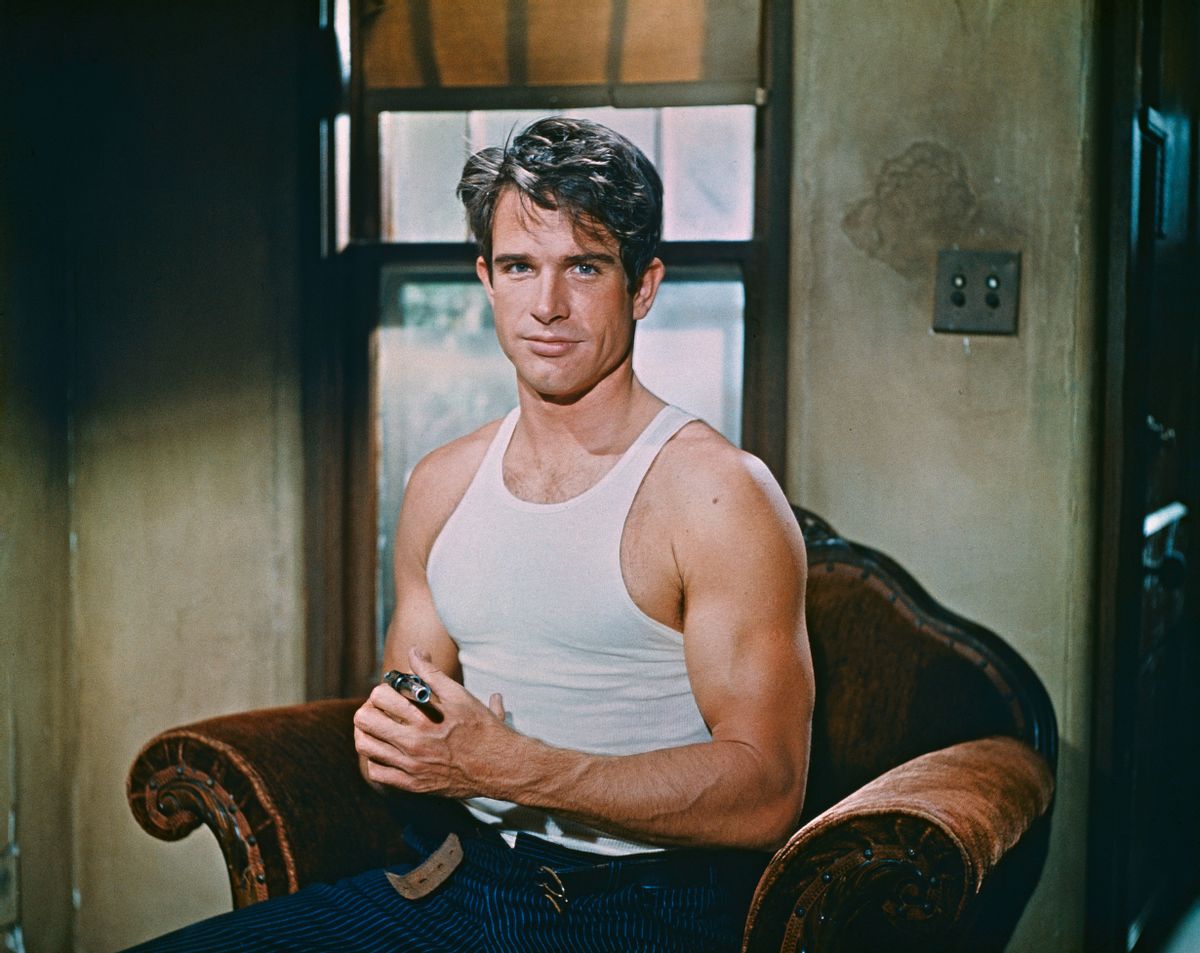Nobody really thinks twice about the names we assign to most clothes. But then there's the white tank top. Brits call the garment a "vest," while many other places prefer the term "singlet." In the U.S., a simple, white, sleeveless undershirt is sometimes called a “wife-beater.” What’s going on here?
In 1935, the sock and underwear company Cooper’s, Inc. (later known as Jockey) introduced a revolutionary line of men's underwear. Unlike the full-body undergarments of the 1800s, the new design lacked leg sections, instead focusing on supporting the crotch area. Cooper’s called the new style the "jockey brief," and it was an immediate hit, redefining both the company and men’s underwear for the modern era. But the company soon realized it needed an undershirt to pair with the briefs and introduced a white tank top made of ribbed cotton called the "A-shirt," short for “athletic shirt.” The A-shirt grew to become a staple of the American man’s wardrobe, but it was mostly worn as an undergarment, especially in wealthier areas.
Then Marlon Brando wore the A-shirt in 1951's movie adaptation of “A Streetcar Named Desire,” and American audiences took notice. Daniel Cole, a professor at the Fashion Institute of Technology in New York City, explained in a phone interview with Snopes that "Streetcar's" costume designer Lucinda Ballard wanted outfits that made Brando’s abusive character, Stanley Kowalski, come across more like a wild animal than a human.
“Ballard was walking to work in New York when she passed these construction workers on the street who were wearing these wet, muddy, jeans that clung to their figures like they were skintight,” Cole said. “And she immediately realized that was what she was looking for.”
 ( Getty Images)
( Getty Images)
According to Cole, Ballard and Brando paired the jeans with a tank top to essentially over-sexualize Kowalski, and Brando leaned into the act, dirtying the shirt and pouring water on his jeans before performances. The association stuck. Costume designers have since used the tank top for actors like Warren Beatty in “Bonnie and Clyde” (1967), James Caan in “The Godfather” (1972) and Sylvester Stallone in "Rocky" (1976) to draw attention to a character’s working-class background, or even their criminal activities.
By the late 1970s, “wife-beater” had entered some people’s vocabulary to refer to the shirt, likely because of Brando’s unforgettable performance. The earliest reference in writing appears to be a 1979 San Francisco Examiner article by John Van der Zee that refers to "a young man in a wife-beater undershirt.” Cole said that in the 1980s, the garment, which he calls a singlet, became a vital part of queer fashion because of its more sexualized appearance. A 2001 article in The New York Times mentions queer communities as early adopters of the term “wife-beater,” although no timeline on its usage in those communities is given, and it wasn’t until the 1990s that Cole said he first heard young people use the term. In a 1998 Orlando Sun-Sentinel article, teenagers claimed the term was ironic, mocking the behavior of the shirt’s stereotypical owner, and mentioned the singlet’s frequent appearance on the TV show “Cops” as an origin point.
But in the mid-2010s, the origin of the term came into some doubt. In 2005, writer Paul Davidson invented two origin stories on his satire blog — one about a fictional piece of armor worn by medieval knights called a “waif-beater” and a second about a Detroit man photographed in a dirty singlet after killing his wife. In 2018, Davidson confessed to The Atlantic that he made the "waif-beater" story up. He confirmed for Snopes via email that the murder story was also a fabrication. Unfortunately, his satirical story about the murderer is still frequently assumed to be the truth.
Luckily, the term might fade into obscurity in the same way it was created—via pop culture. On TikTok, users replace words with invented phrases to get around flags for inappropriate content. In the case of the “wife-beater,” users have started calling the shirt a “wife-pleaser” instead. Cole explained that he prefers the term singlet because “wife-beater” feels derogatory and heteronormative, but agreed that the old term shouldn’t be used regardless of context.
